About 4,000 small solar systems have been installed in India in recent years. They were supposed to deliver electricity to remote villages that were cut off from the electricity network. A few years after their launch, most of them no longer work. Millions invested in a green future are wasted.
One turn of the key and the quiet little room, where the scent of turmeric hangs in the air, turns into an inferno of noise.
However, Hiradhika Devi doesn’t want to miss a beat. Because this machine, or rather: the solar energy that powers it, has greatly improved their lives and the lives of many people in the village of Chundri in the Indian state of Jharkhand.
“We had almost no electricity before,” says Hiradika Devi. “When it got dark, my children couldn’t learn. We farmers could barely irrigate our fields because we didn’t have an electric water pump.” Now things are easier.
For a few years now, there has been a small solar system on the edge of the village on an area half the size of a small football field. It generates enough electricity for the entire village.
Solar energy has provided Devi and 30 other women in the village with additional income. This relates to the noisy machine that women use to grind turmeric roots. It used to run on diesel, but now it runs on solar power.
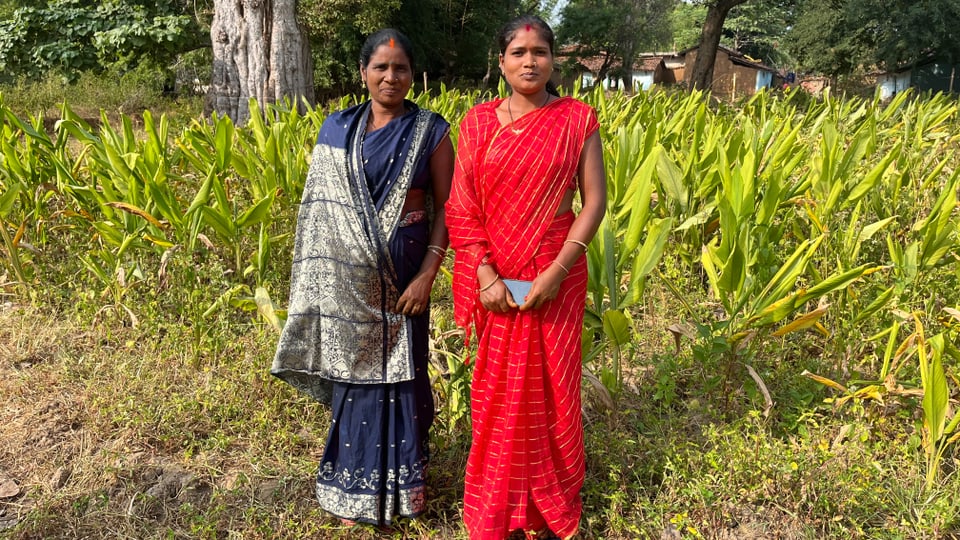
legend:
Two villagers, one of them Hiradhika Devi (right), in front of a turmeric field. If you grow turmeric root yourself instead of buying it, you can make more profits.
SRF/Maren Peters
Since then, there has always been enough voltage for the machine, Davey says. You can now grind more turmeric than before. Solar energy is also cheaper than diesel. On the other side of the room, two colleagues are packing yellow spices into plastic bags and preparing them for sale in local markets. The income goes into their own pockets.
Melinda Foundation
The driving force behind the turmeric plant: Melinda’s own foundation. “Our goal is to promote development using clean energy, and to do so profitably,” says Chile Jerina Quirqueta, president of Melinda.
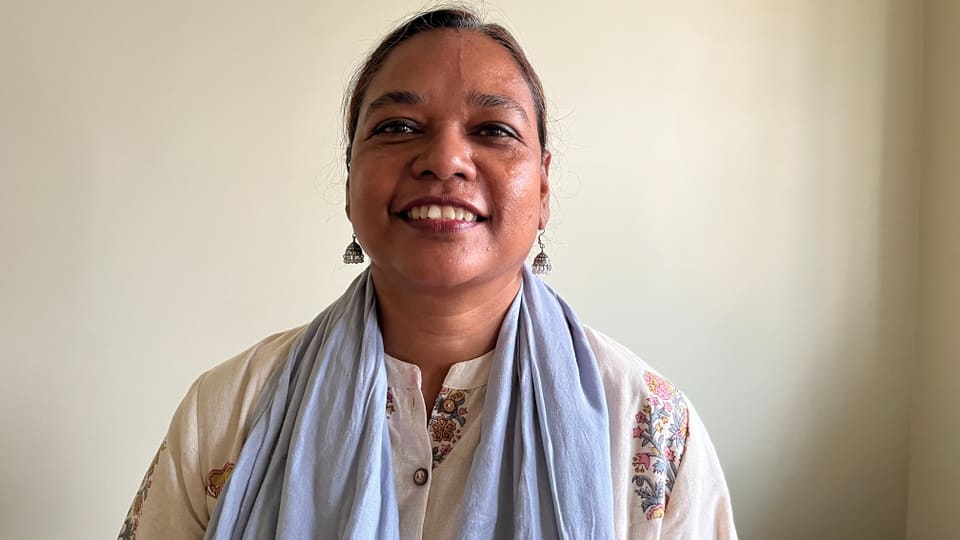
legend:
Chile Gerena Quirqueta, President of the Melinda Foundation: “Our goal is to promote development using clean energy, and to do so profitably.” The comprehensive package for solar panels includes marketing and sales training for villagers.
SRF/ Maren Peters
The organization uses solar energy as a way to transform villagers into entrepreneurs. It also trains them in processing, marketing, sales and loan making. Turmeric producers in Chundari village are also benefiting from this.
Maintenance becomes a problem
“Mini solar systems are the perfect solution,” Kerkita says. Provided that it is well maintained and cared for.
But this is the exception in India. There are about 4,000 small solar systems out there. Most of them were created by the government. A study by Smart Power India, a division of the US Rockefeller Foundation, shows that only five percent of systems are still operational a few years after they are put into operation.
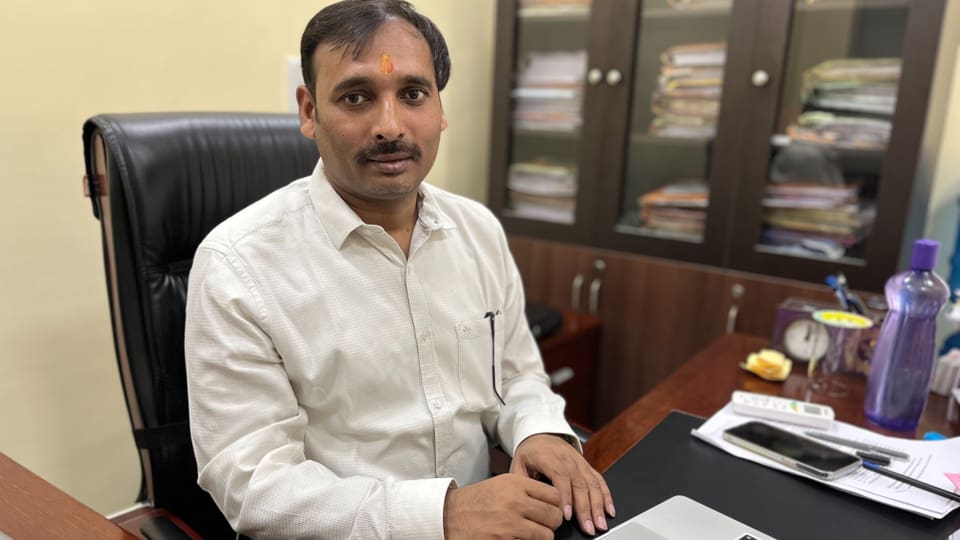
legend:
At the Jharkhand State Energy Agency, Mukesh Prasad is in charge of mini solar systems. Since there is no money for maintenance, most solar systems do not provide any electricity. Hence the investments are wasted.
SRF/ Maren Peters
At Jharkhand Renewable Energy Agency, Mukesh Prasad is responsible for systems. There is no denying that most of them no longer provide electricity.
“The main reason is lack of maintenance,” says Prasad. Many of the villages are very remote. There is a lack of infrastructure and funds to keep all the systems in good condition. Some ended up as cow shelters.
The example of Chundri, a village of turmeric producers, shows how things can be done better. Joynta Mondal, an engineer from the Melinda Foundation, monitors the solar panels on the edge of the village. It ensures that Chundri gets electricity with the same voltage 24 hours a day.
“If we don’t maintain, clean, repair and inspect the system, the electricity will drop dramatically,” says Mondal. “And a lot of problems with customers in the village.”

“Typical entrepreneur. Lifelong beer expert. Hipster-friendly internet buff. Analyst. Social media enthusiast.”




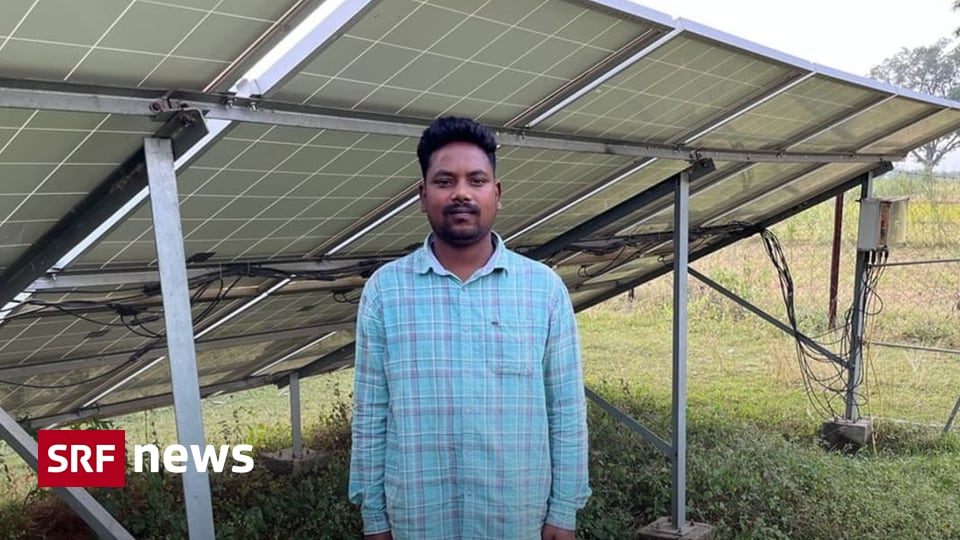
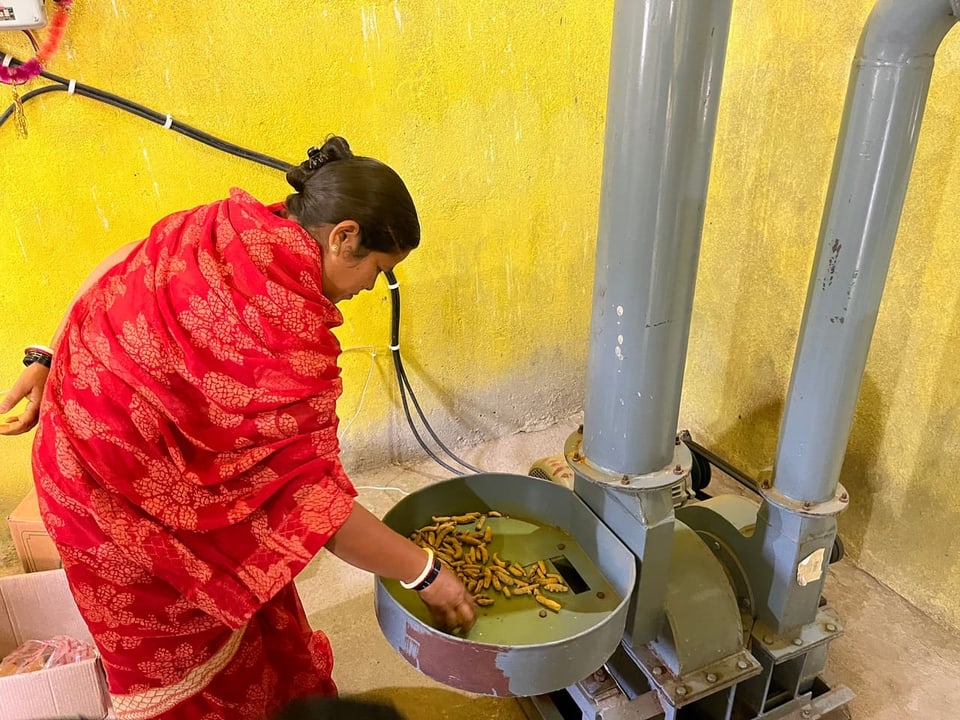
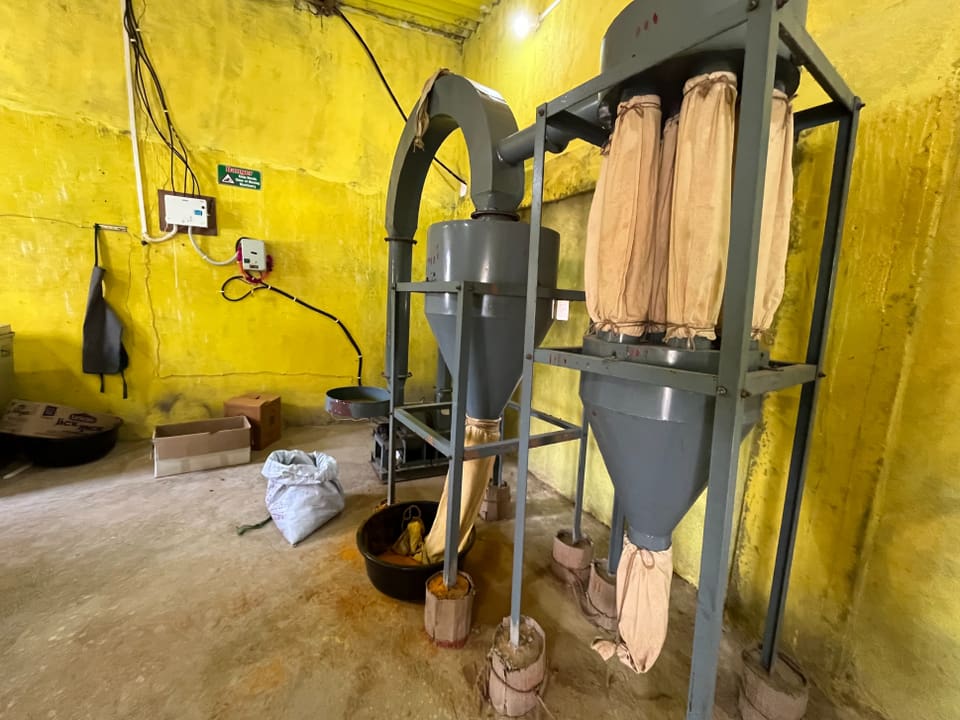
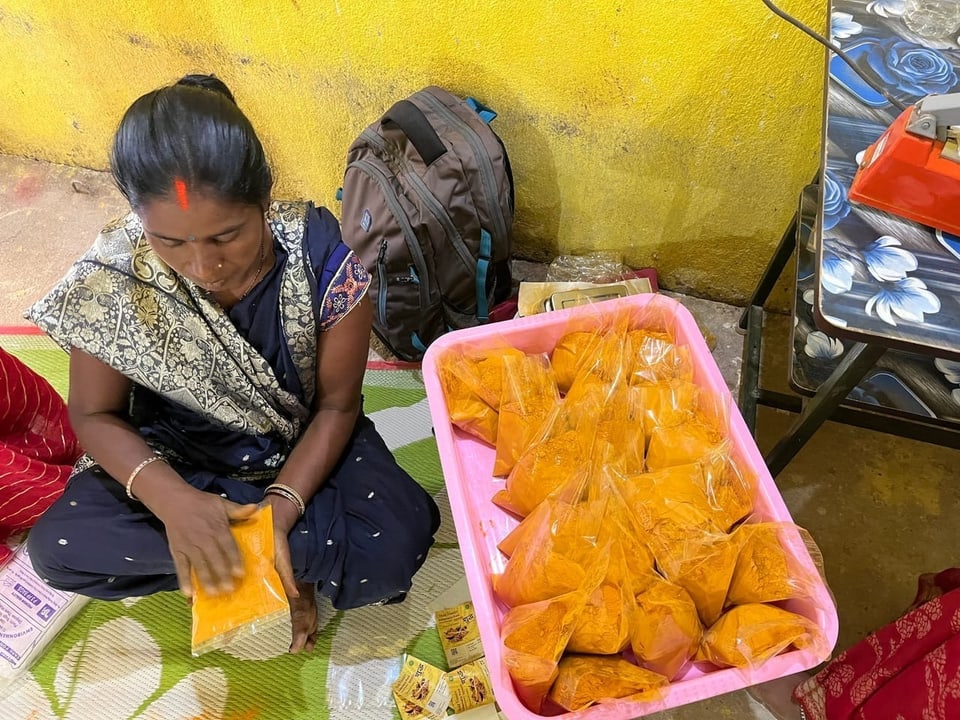
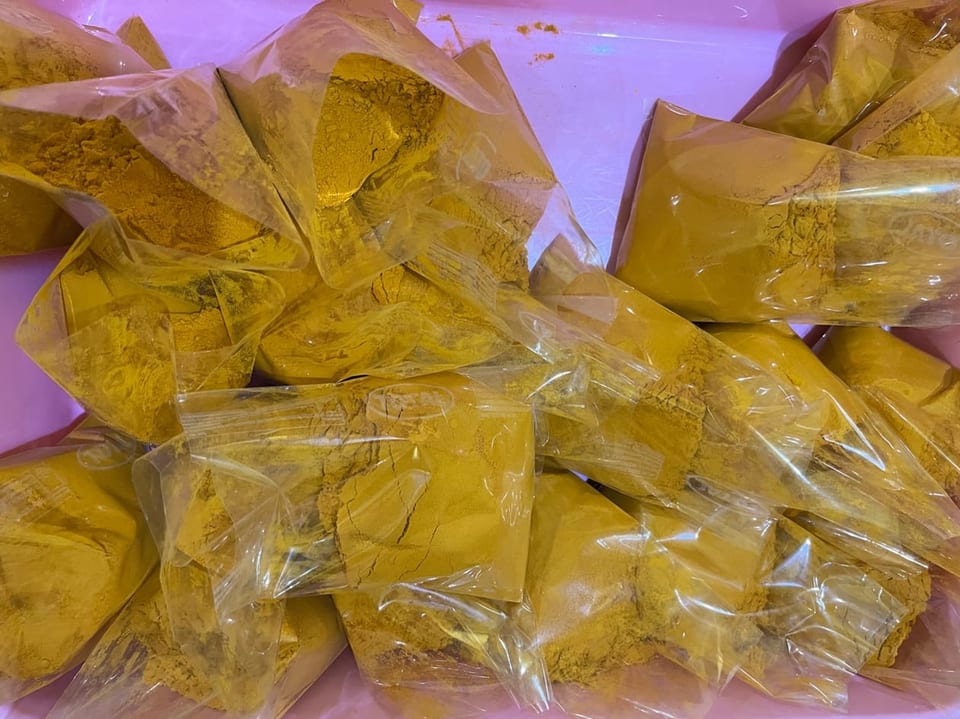
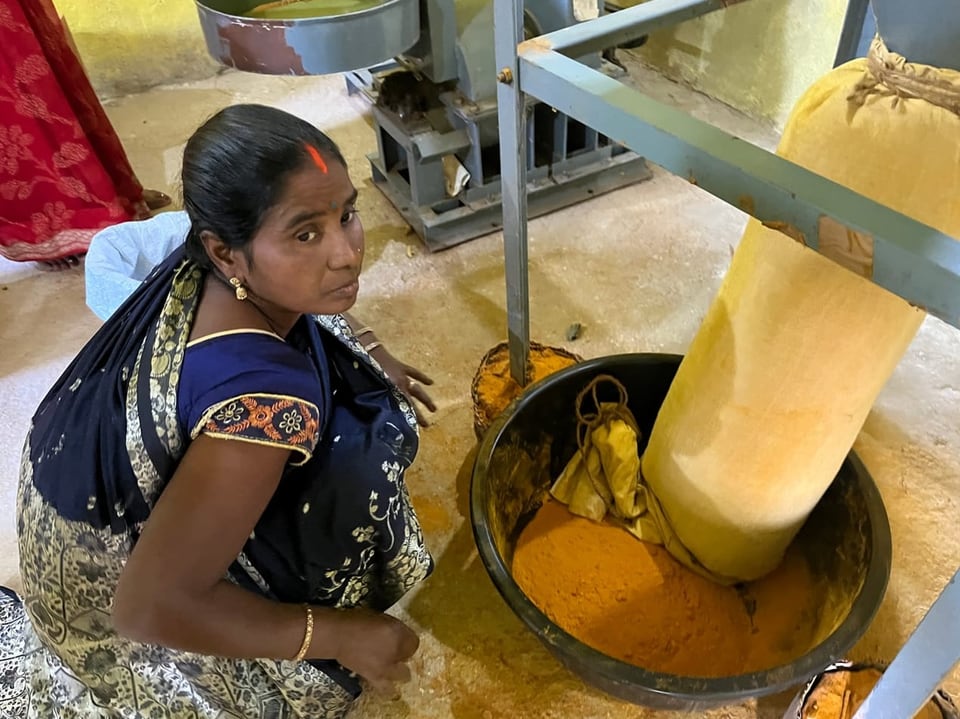
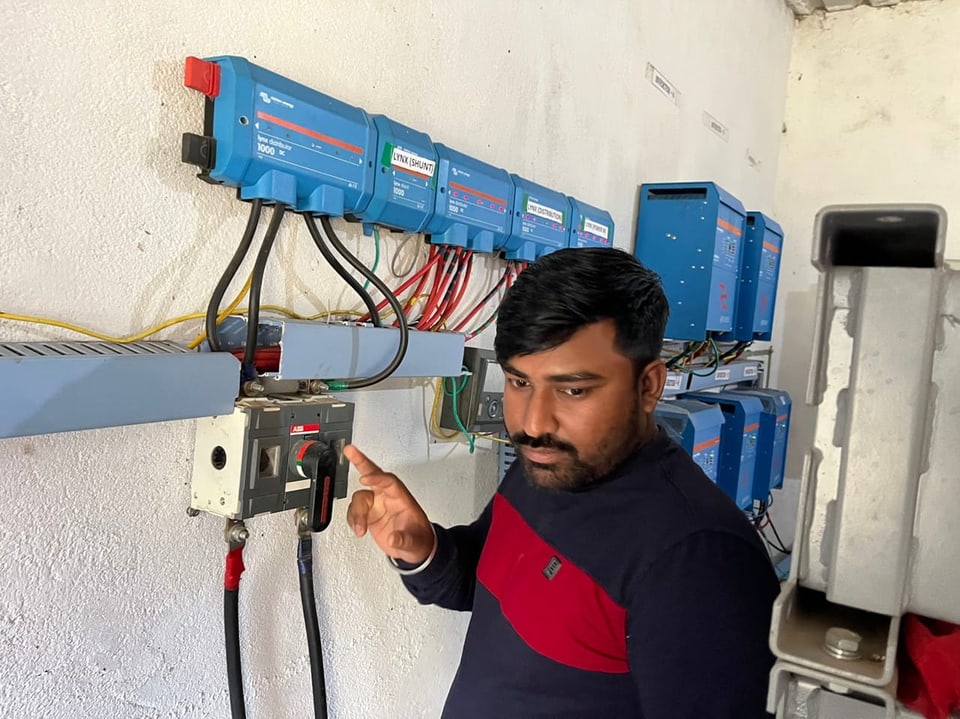
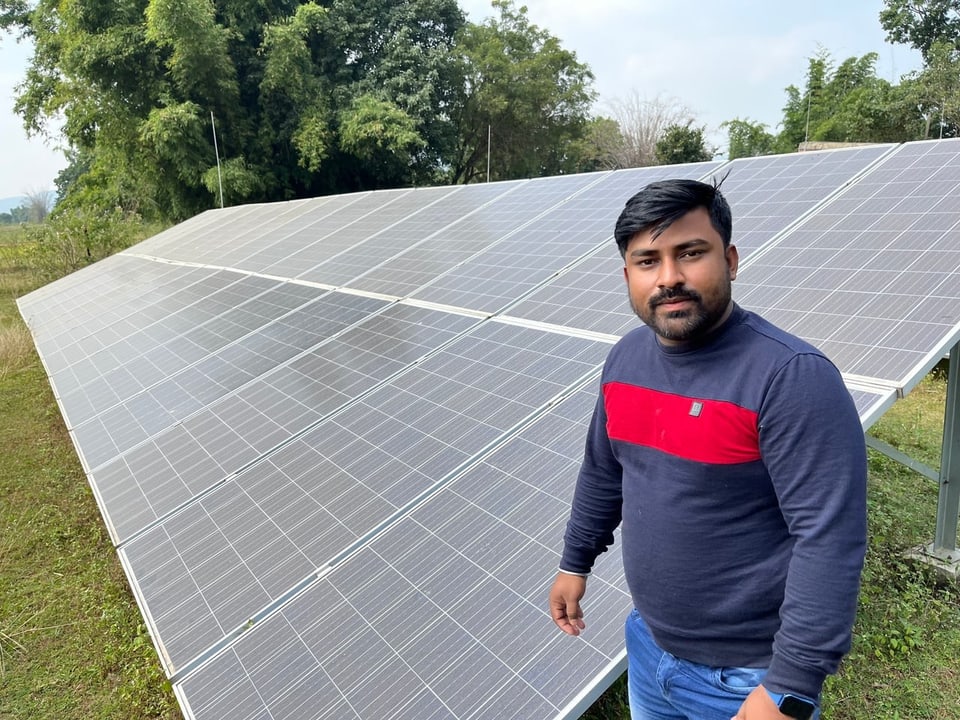
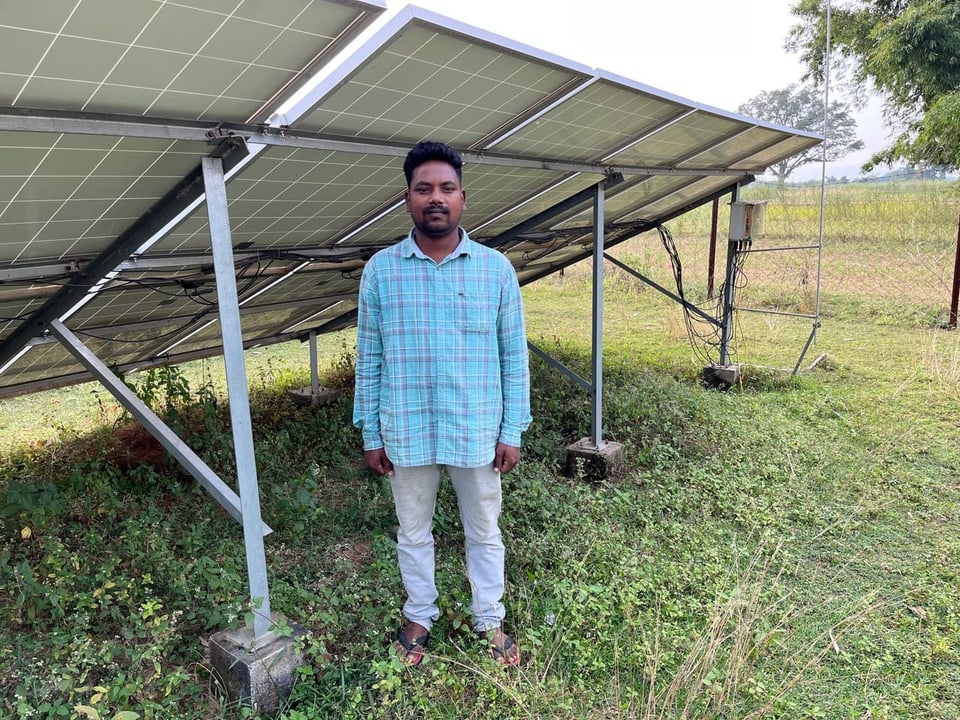
More Stories
This is what it’s really like in tourist areas
Kennedy’s nephew and US presidential candidate: He had a worm in his brain
Judge flees to Belarus – Tusk warns of secret services